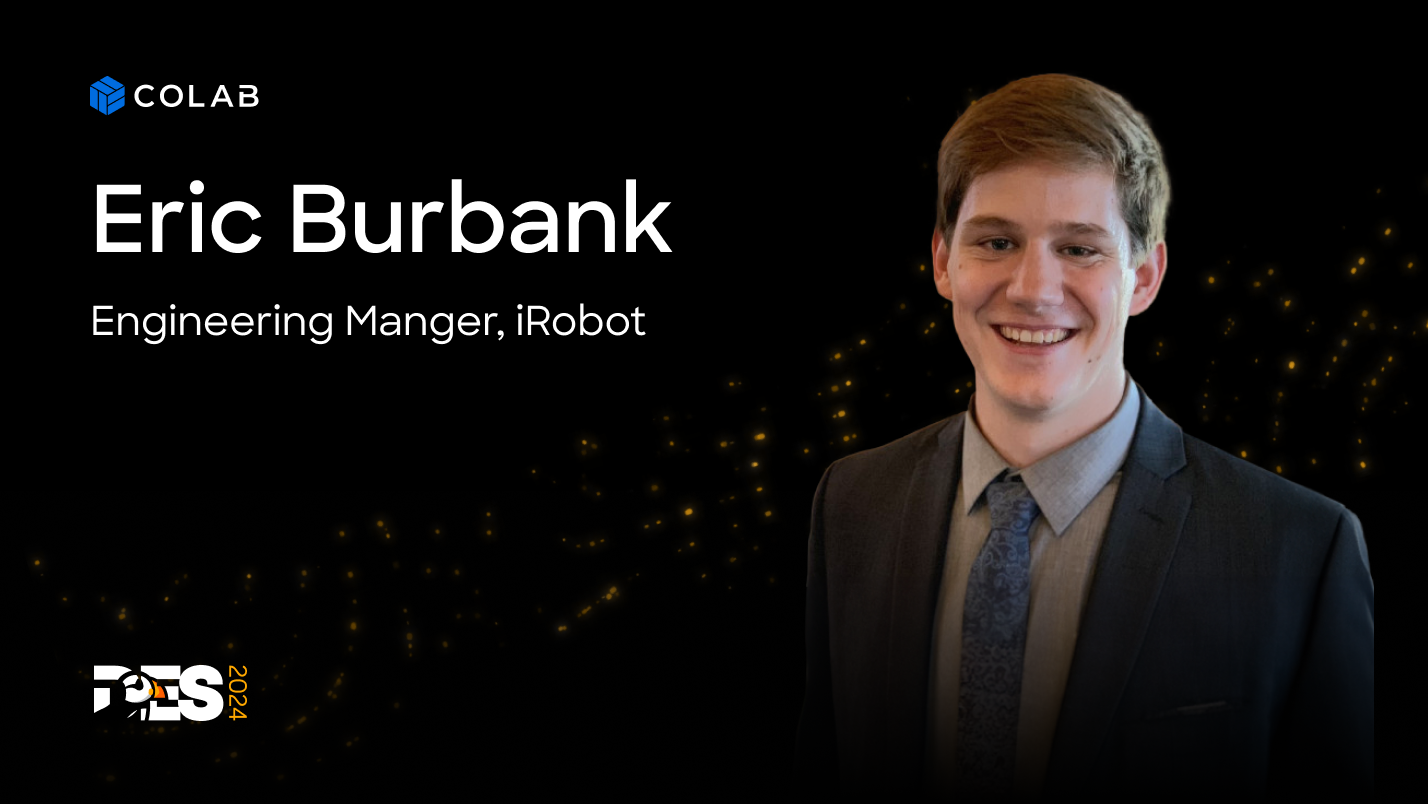Fostering a human-centered engineering culture
Empowering employees to make decisions within their roles is key to achieving a company's purpose. Joakim Finn's talk will focus on building an environment that maximizes human potential through clear purpose and goals, effective collaboration and interaction, and adaptable systems. Using examples from product management and SCRUM, Joakim will illustrate how these principles can transform a workplace.
Joakim Finn is the Head of Product and Machine Lifecycle - Digital & IT at Volvo Construction Equipment, a leader in heavy machinery manufacturing. With a deep understanding of lean and agile methods, Joakim implements IT solutions for embedded software to support the future of heavy machinery. His extensive experience includes leading leaders, managing the complete delivery lifecycle for solutions, and contributing to strategic business initiatives within Volvo Group IT.



Joakim Finn, Head of Product and Machine Lifecycle at Volvo Construction Equipment, shared insights into empowering engineers and building efficient systems that reduce decision-making bottlenecks in large organizations. He highlighted the importance of an agile mindset and collaborative environments for enabling engineers to take ownership of their work and make rapid, effective decisions. The talk focused on overcoming traditional process-heavy structures that stifle innovation and productivity, advocating for creating systems that prioritize value and speed.
Key Insights
- Empowering Engineers Enhances Productivity
- Placing decision-making authority in the hands of engineers fosters innovation and agility. Empowered engineers are more likely to take initiative, solve problems independently, and contribute to the overall success of the product.
- Shift from Steering Committees to Agile Teams
- Traditional steering committees often create bottlenecks in decision-making. By replacing these with self-governing agile teams that operate with clear goals and visions, companies can increase efficiency and reduce waiting times for decisions.
- Focus on Value-Driven Teams Over Functional Silos
- Forming cross-functional teams that remain stable over time allows for better collaboration and ownership of outcomes. This approach breaks down silos and ensures that all relevant perspectives are included in decision-making processes.
- Encourage a Culture of Experimentation and Learning
- Promoting a mindset of "learning through doing" allows teams to try new approaches without fear of failure. Encouraging transparency and open communication about both successes and failures helps build trust and improves the overall decision-making process.
- Aligning Teams and Goals Enhances Collaboration
- Setting clear, shared goals across teams ensures alignment and reduces conflicts. This helps avoid the “Frankenstein product” effect where different teams’ outputs don't align, resulting in a disjointed final product.
Tactical Tips
- Implement a "Roundabout" System for Decision-Making
- Create systems that empower teams to make decisions independently, similar to how traffic roundabouts work. Establish clear guidelines and rules so that teams know when and how to proceed without needing constant oversight.
- Start Small with Agile Transformation
- Begin with a pilot team to implement agile principles and demonstrate success. Use this as a model to gradually scale the transformation across the organization.
- Promote Team-Based Rewards and Recognition
- Shift the focus from individual performance metrics to team achievements. Recognize and reward behaviors that contribute to team success and collaboration, rather than just individual outputs.
- Foster Direct Communication and Asynchronous Collaboration
- Invest in tools and practices that facilitate direct and asynchronous communication, such as Slack or collaborative platforms like CoLab. This reduces delays in feedback and decision-making.
- Be Transparent About Mistakes and Learnings
- Encourage teams to openly share their mistakes and the lessons learned from them. This builds a culture of trust and continuous improvement, which is essential for effective agile transformation.
More of
Presentations
Sign up for Design Engagement Summit 2025
Join industry leaders and innovators for a day of creativity and collaboration. Don't miss out on this exclusive event!

.avif)



